11 Biggest Science Stories of 2011
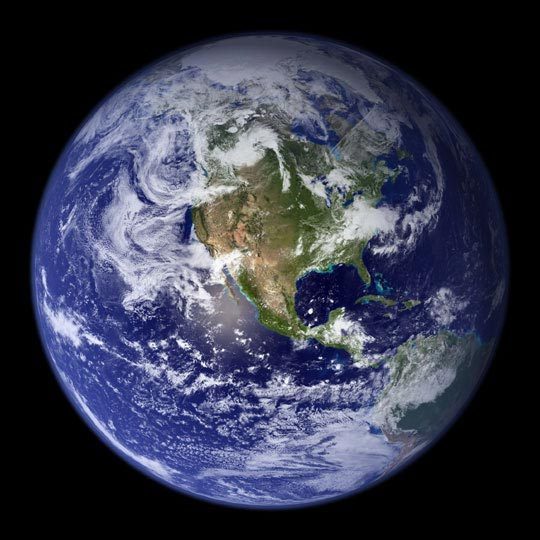
Science 2011
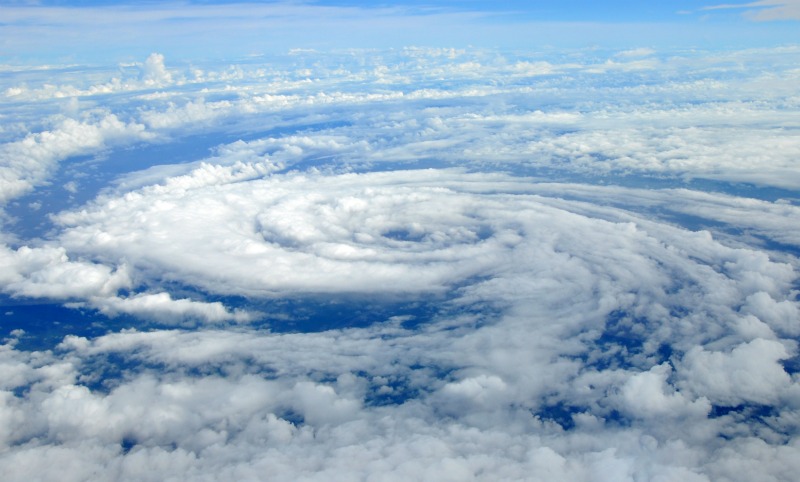
From the last space shuttle mission and spotting Earth-size planets orbiting another star to the possible detection of the elusive Higgs boson particle and some extreme (and very costly) weather, 2011 was filled with science, albeit sometimes disastrous. Here are 11 of the most compelling and significant science stories to break this year.
Tough Times
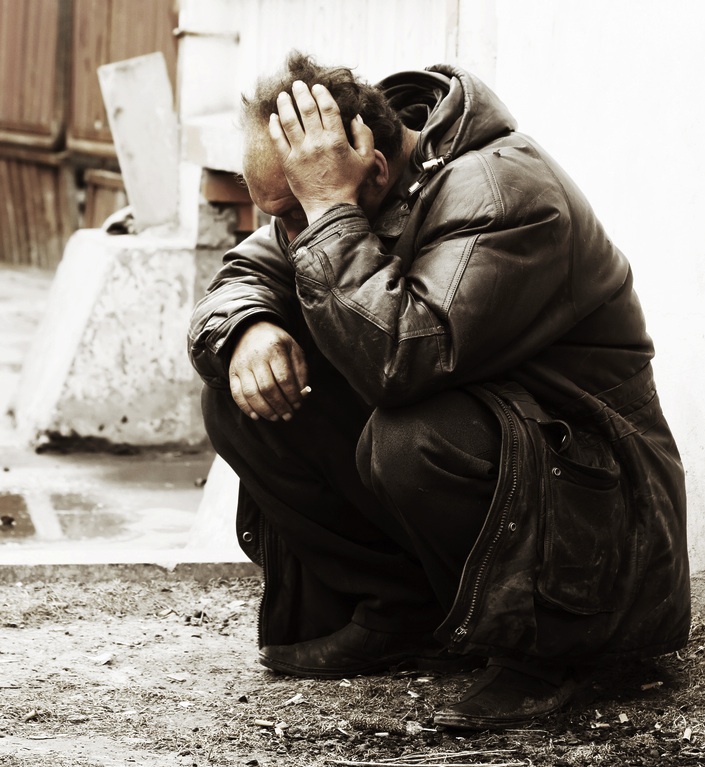
The U.S. may have exited the recession this year, but the amount of time Americans go without work has reached a record level. And psychologists say this doesn't bode well for our emotional health. Census data also shows increases in the nation's poverty rate in recent years. Americans feel their financial situation was getting worse, not better, and even their pets are suffering. The Great Recession of 2007 to 2009 hit all children hard, but seems to have caused the largest increase in childhood poverty among Latino kids.
Killer Contaminated Cantaloupes

An outbreak of listeriosis, an infection caused by the bacterium Listeria monocytogenes, spread by contaminated cantaloupes infected 146 people and killed 30 this fall, the U.S. Centers for Disease Control and Prevention reported in December. Health officials recommend washing melons particularly cantaloupes before slicing them to remove any bacteria clinging to the rind.
The Last Space Shuttle

Thirty years after launching its first space shuttle, Columbia, NASA ended its space shuttle program in July with a final mission by the shuttle Atlantis. NASA has no immediate plans to replace the shuttles, but is instead focusing on manned voyages beyond low orbit, such as to the moon and Mars. In the immediate future, a combination of commercial ventures, whose craft are still being developed, and other nation's craft, such as the Russian Soyuz and Progress, are expected to take over the task of ferrying American astronauts and experiments back and forth to the International Space Station (ISS).
Mutant Flu Virus Created in Lab
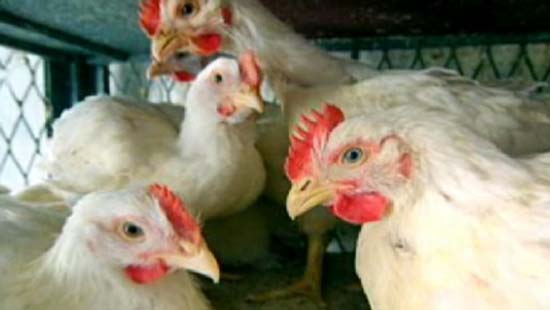
Bird flu, also known as H5N1, rarely infects people, but when it does the results are often deadly: Of the 600 cases reported since 2003, about 60 percent have been fatal. To better understand how the virus might change into a form that could easily spread between people, two groups of scientists altered the virus in their labs, creating the sort of pathogen that could start a pandemic.
Biosecurity officials have called for crucial details of their work to be kept under wraps — to prevent it from falling into the wrong hands — and some have questioned whether the work should have been done at all.
Japan's Earthquake, Tsunami & Nuclear Crisis
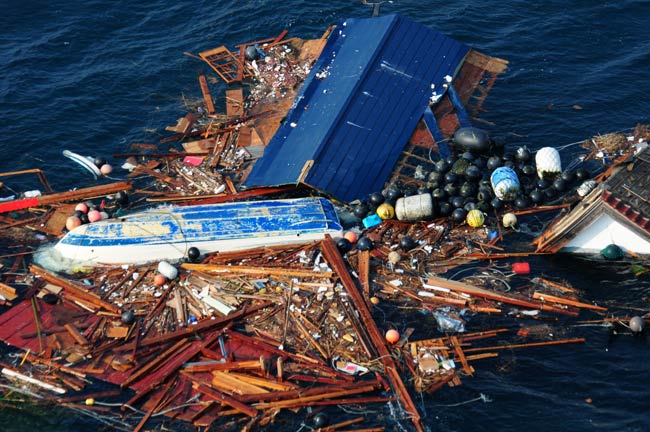
On March 11, an earthquake, measuring a magnitude of 8.9, struck off the coast of Japan. The earthquake was the most powerful to ever hit the country, and it was followed by the walls of water – caused by the subsequent tsunamis – which wreaked havoc. These disasters set off the worst nuclear emergency since Chernobyl when massive amounts of radiation were released from nuclear power plants. Reactors at the Fukushima nuclear power plant melted down, and the surrounding area evacuated.
Alarming Firsts in the Arctic
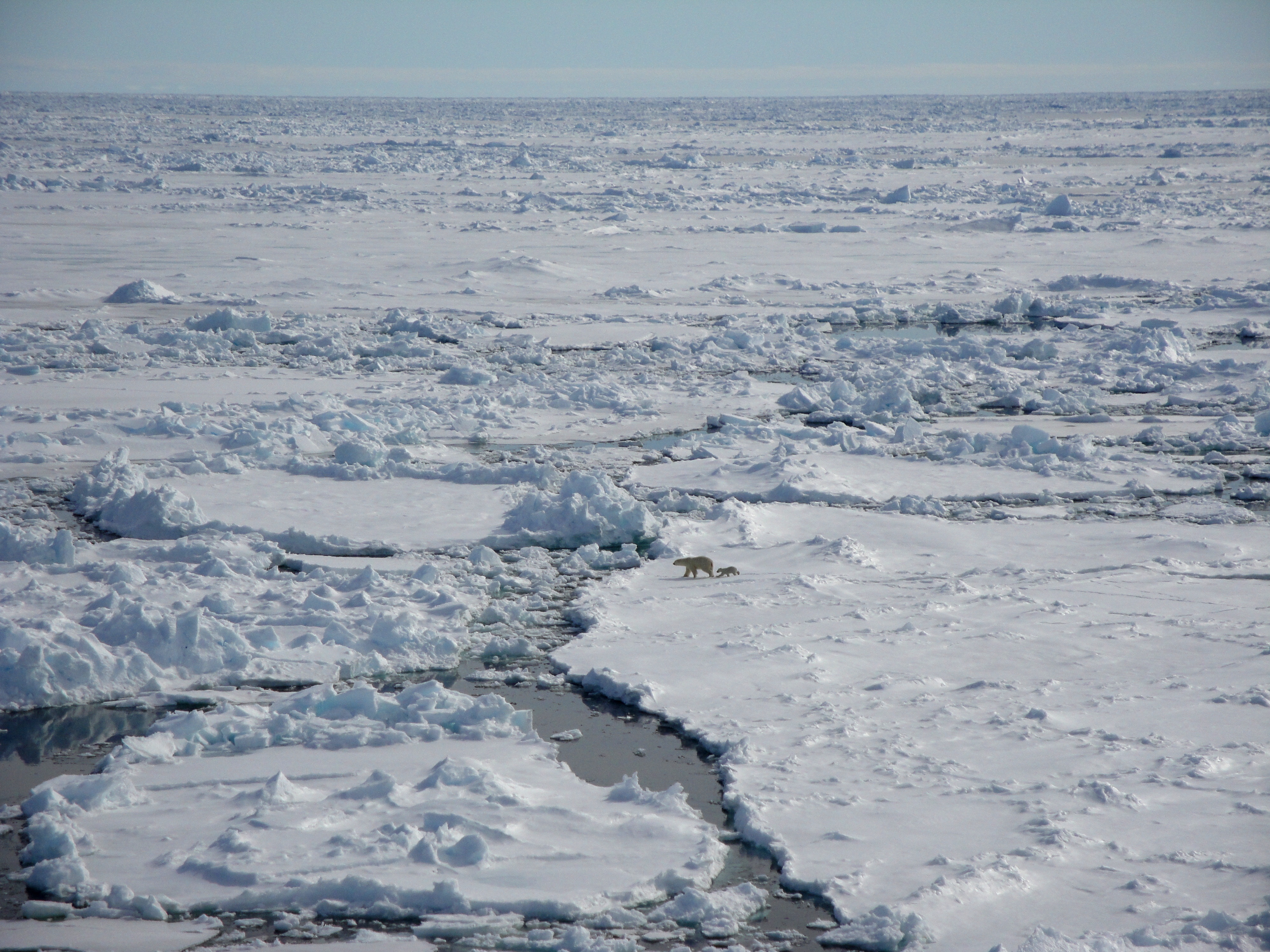
The ozone hole over the Antarctic is nothing new, although scientists expect it to disappear later this century. But this year, an Arctic counterpart emerged for the first time, thanks to unusually cold temperatures in the stratosphere plus lingering ozone-destroying pollutants. Arctic sea ice also melted — either to its lowest summer extent on record, or its second lowest, depending on who did the measuring.
Exceeding the Speed of Light?

Reports that physicists had accelerated subatomic particles, called neutrinos, faster than the speed of light appeared to upset modern physics and even the nature of causality. Einstein's Theory of Special Relativity gives a special status to the speed of light as a cosmic speed limit. Anything exceeding the speed of light would travel backwards time, interfering with the basic rule that cause precedes effect, called causality. However, this all may have been a false alarm. More recent evidence indicates the neurtrinos never traveled that quickly, though the jury is still out.
Planets Like Ours

Astronomers came a step closer to locating a habitable, Earth-like planet, when they found two, roughly Earth-sized planets orbiting a star 950 light-years away. These are the smallest, most Earth-size alien worlds known. Their close proximity to their sun means they are too hot to be habitable, however.
Our Ancestors' Secrets
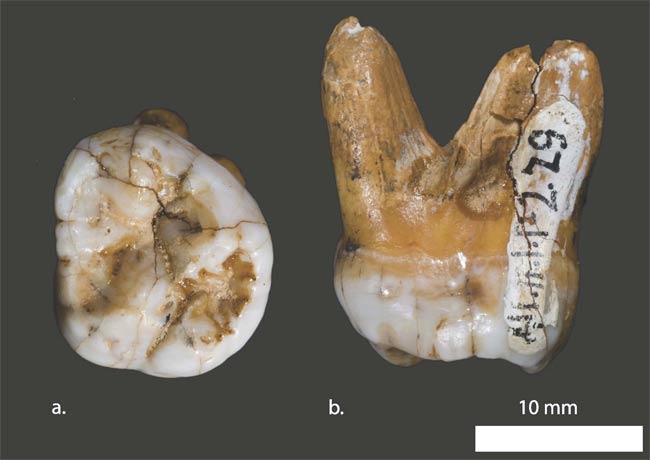
It seems our ancestors not only mated with Neanderthals, they also got it on with another, even more mysterious archaic hominin species. Called the Denisovans, these people lived about 40,000 years ago and are known to us only from a few bone fragments and teeth. Research has uncovered Denisovan genes in modern East Asian and Pacific Island populations.
Closing in on the Higgs Particle
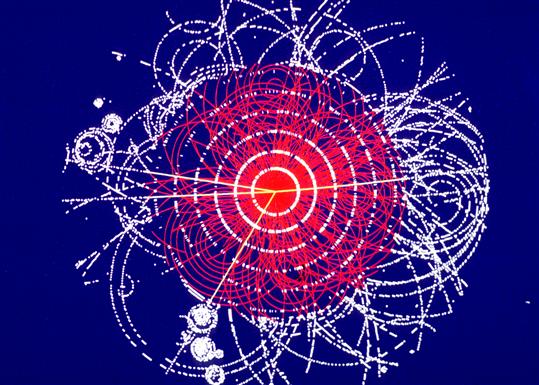
Physicists say they are closing in on an elusive subatomic particle, called the Higgs boson, that could confirm their theory on where mass comes from. The Higgs boson is thought to be tied to a field (the Higgs field), which is responsible for giving all other particles their mass.
Sign up for the Live Science daily newsletter now
Get the world’s most fascinating discoveries delivered straight to your inbox.











